The Richard M. Nixon Presidential Library Is Totally Engrossing And A Little Bizarre
The first thing you notice is the place is huge and beautiful. There's a large reflecting pool capped by an outdoor ceremony area.

The nine-acre site also houses the helicopter Nixon used for Marine 1 — the same chopper that whisked him away in August of '74.
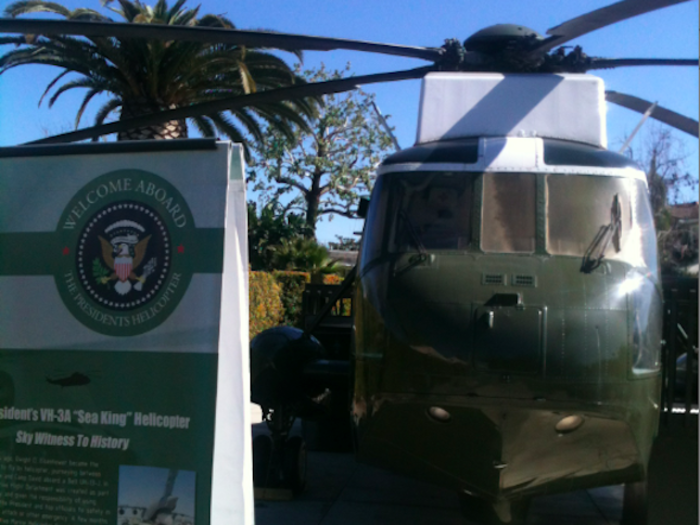
His birth home is here, too.
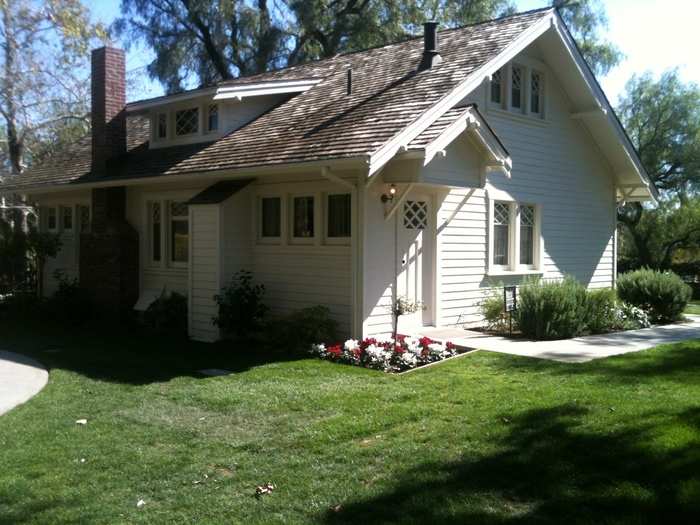
Like any self-respecting museum, the first thing you see is the gift shop. Bostock says Nixon-Elvis memorabilia is usually the hottest item.
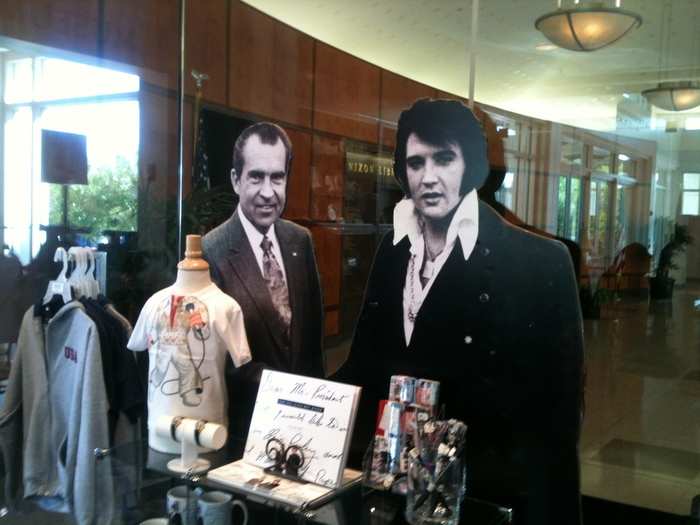
This one struck us as a bit unusual.
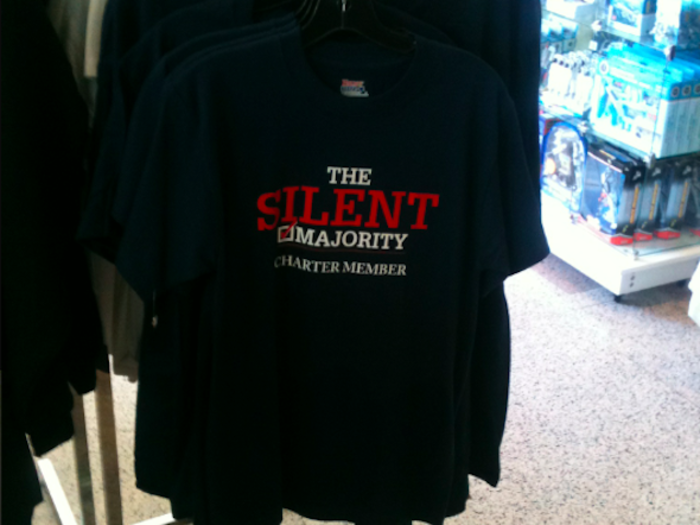
Beyond the gift shop is a large plaza showing the Nixon foundation's patrons. It's a curious group that includes the Japanese government and controversial philanthropist Ryoichi Sasakawa.
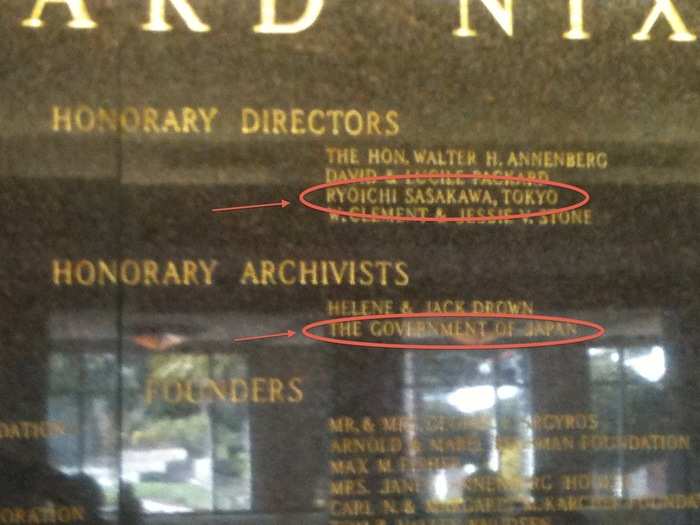
Nixon's non-Vietnam foreign policy undertakings end up dominating the museum.
Source: New York Times
The inner plaza also features this photo. Presidential solidarity is another theme of the museum. Bill Clinton also makes an appearance, as you'll later see.
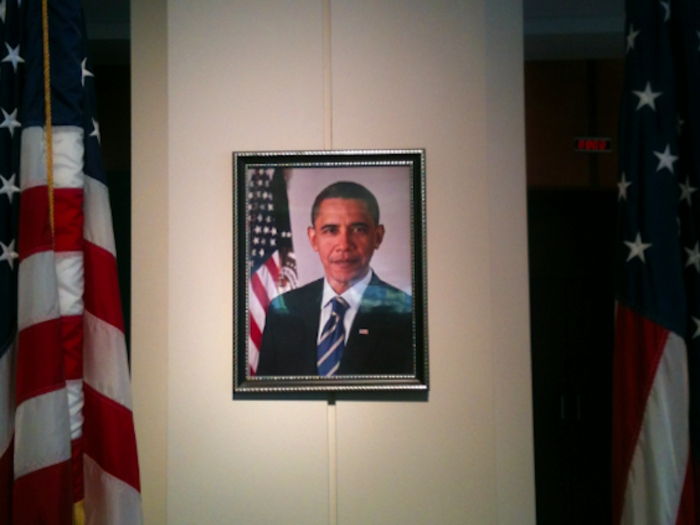
The museum begins with with a timeline of Nixon's family history. Here's a photo of his mother as a child. The eyes are unmistakable.
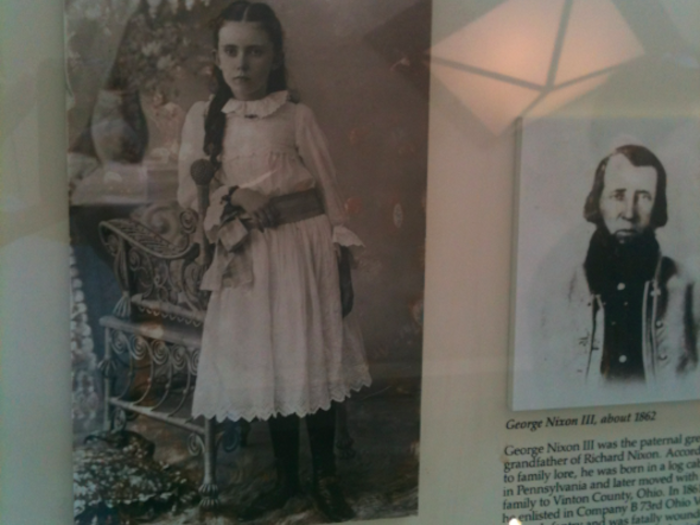
The story of Nixon's upbringing is surprising. He came from nothing: His father operated a gas station and grocery store. His mother grew up in an austere Quaker household in the Midwest. Two of Richard Nixon's brothers died before the age of 25. The scowl we would come to know later in life appears to have been present at a very early age.
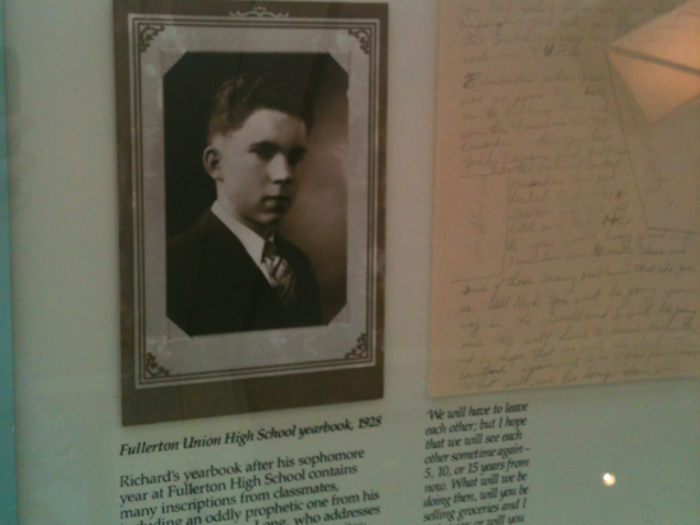
He carried it with him to Whittier college.
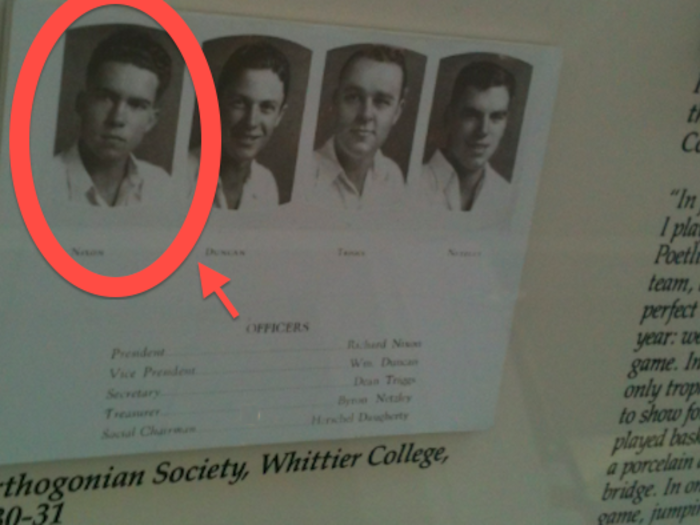
Even those familiar with Nixon's life story may find the exact moment of Nixon's entrance into politics difficult to place. This document reveals it: H.L. Perry, a major donor to Whittier College who had become friendly with Nixon, asked him to run for Congress in southern California.
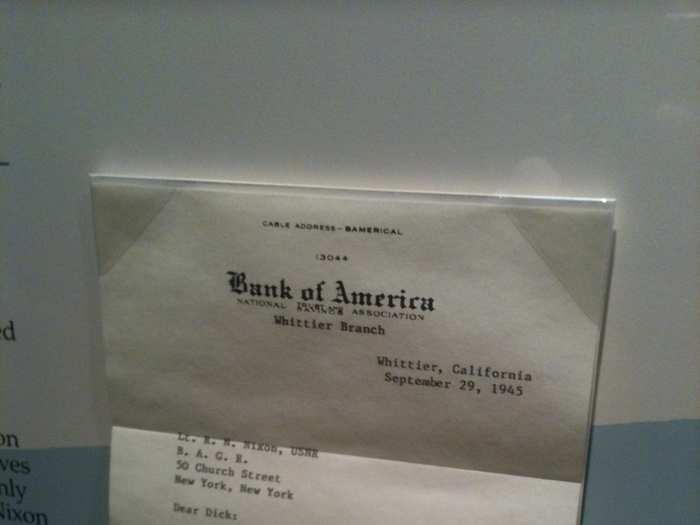
This may be the highlight of the entire museum.
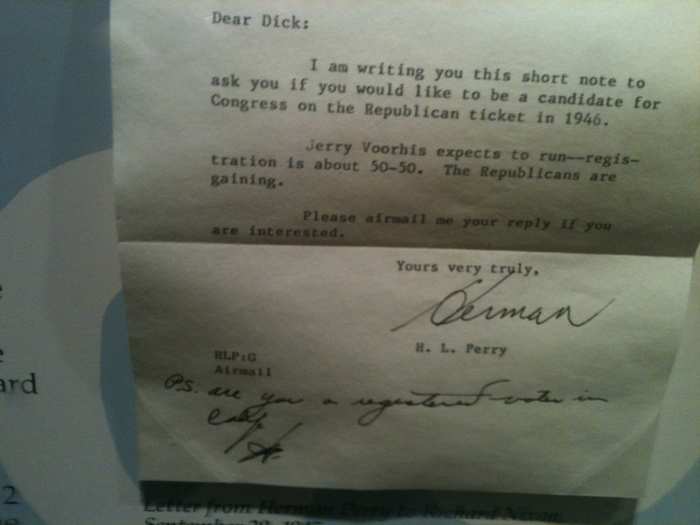
It's as fateful as any note written among the founding fathers. Nixon was certainly ambitious — he had previously attempted to run for a local political office — but he'd been turned down from virtually everything for which he'd ever applied. Here, finally, was someone choosing him.
Source: A Life In Full
As Nixon's reply shows, Perry had unleashed an animal.
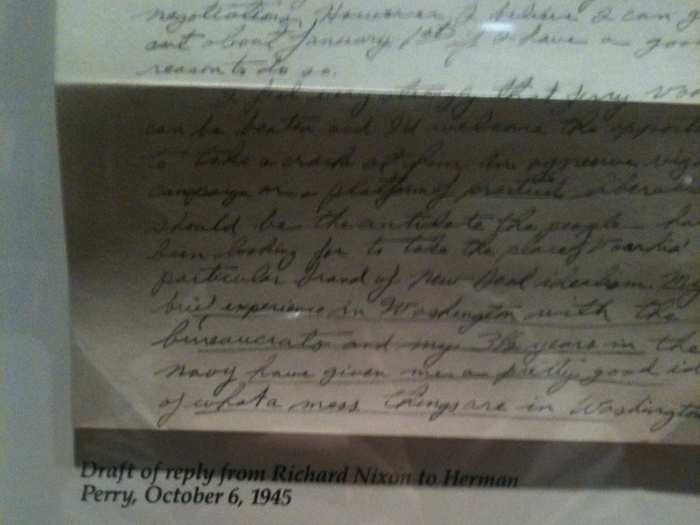
It was game on.
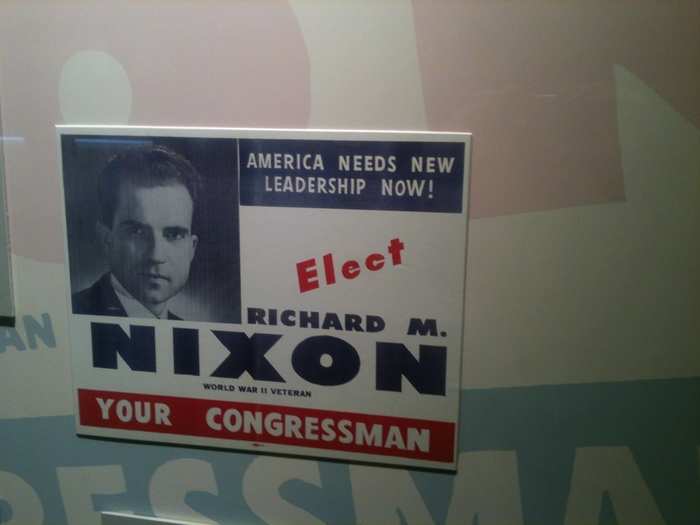
The museum producers conscientiously include every pivotal moment of Nixon's life, good or bad. However, they have a tendency to include jabs, large or small, at longtime Nixon rivals.
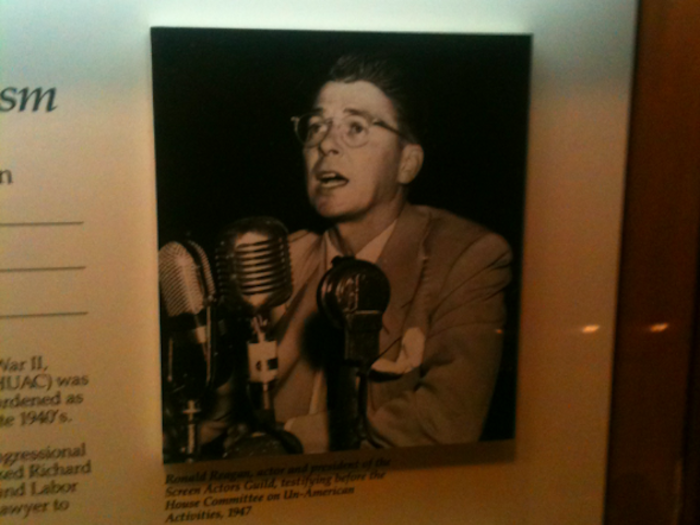
For instance, here's future president and then-actor Ronald Reagan defending Screen Actors Guild members accused of Communism at a House Unamerican Activities Commission session.
The museum also occasionally narrows in on sensational but ultimately trivial elements of bad moments in American history, basically missing the forest for the trees. One example is the Alger Hiss case.
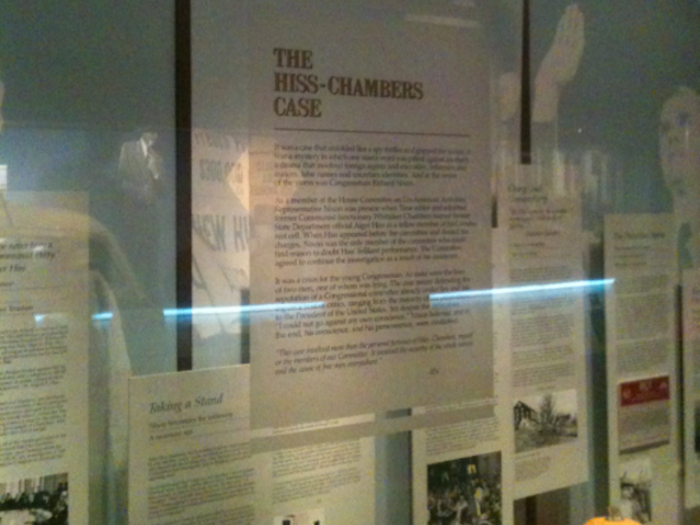
Nixon hounded Alger Hiss, a state department functionary, until he successfully "outed" him as a Communist. Many historians now see it as a minor "victory" during an otherwise low point in American history.
The "Checkers" speech is perhaps the best example of how the museum treats the tragic, hysterical and infuriating moments of Nixon's career.
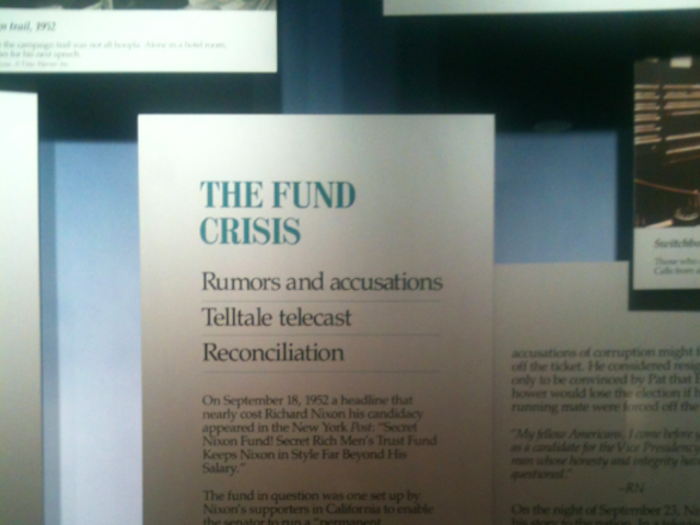
Running alongside General Eisenhower in the 1952 presidential election, Nixon came under fire for maintaining a shady political fund. He ended up giving a half-hour address live on TV defending himself and telling an anecdote about how he couldn't afford a dog, so a supporter mailed him one.
The speech worked. According to "Nixonland" author Rick Perlstein, NBC got more than 2 million telegrams almost universally sympathizing with Nixon. But it would come to be forever mocked for its mawkishness as "The Checkers Speech." So the museum calls it the "Fund Speech."

This photo — Nixon shaking hands with Emperor Hirohito — may help answer his foundation's connection to the Japanese government.
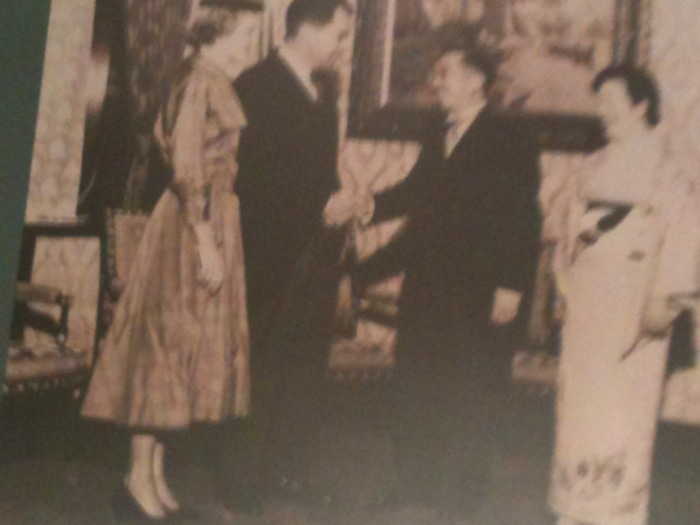
One of the biggest questions we had was how the museum would treat Nixon's infamous debate against John Kennedy in 1960, which most historians agree cost him the election. Not only did they not skim over it, they recreated an entire living room for it.
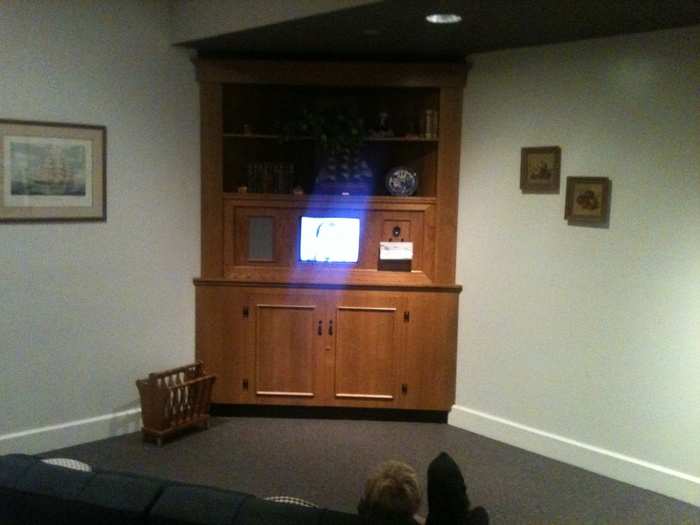
The museum finds ways to blunt the blow of Nixon's worst moments. Facing the TV is this wall of letters from children wishing he'd been the winner of the 1960 election.
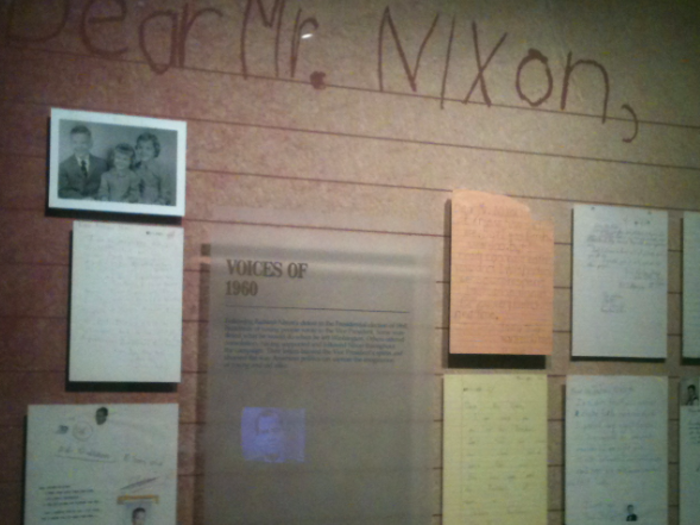
Here's an example.
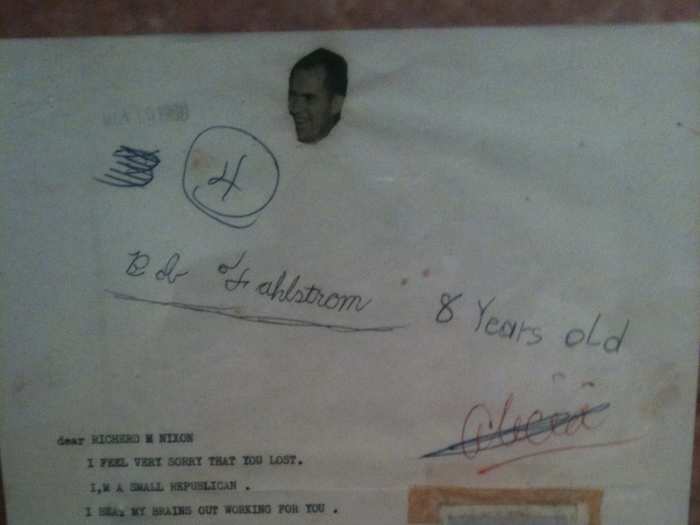
The years between '60 and '68 were pretty boring for Nixon. So we can jump ahead to the '68 election.
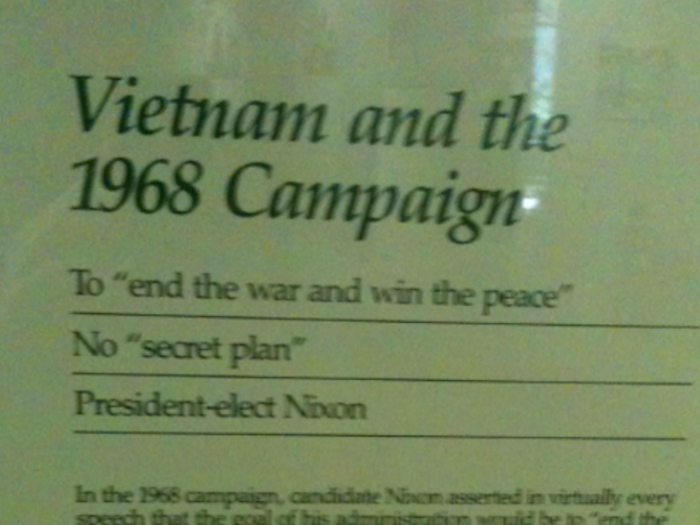
Here begins some of the stronger imposition of Nixon's viewpoint. While the argument that Nixon did not have a "secret plan" is technically true, Nixon did nothing to dispel the idea that he did, according to the New York Time:
"Even though Richard Nixon didn't have one, the notion that he had a secret plan to end the Vietnam war helped him win the presidency in 1968.
"Actually, "secret plan" wasn't Nixon's term; a reporter on deadline used it as he covered Nixon's speech promising quick victory in that vastly unpopular war. But recognizing the power of those deceiving words, and politics being politics, Nixon never corrected the journalistic shortcut."
Nixon was going to unite a nation torn apart by "violent" radicals.
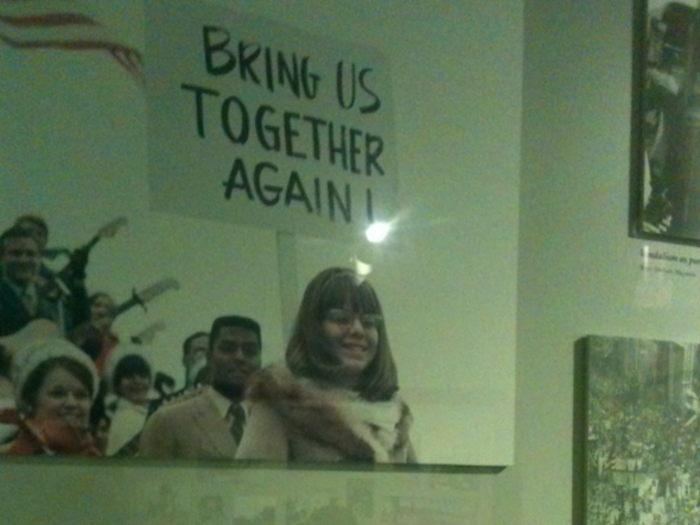
This panel was perhaps the most egregious example of the museum's deflection. Many historians view Nixon's secret bombing campaign in Cambodia, which killed between 150,000 to 500,000 civilians, as a reprehensible power grab at worse.
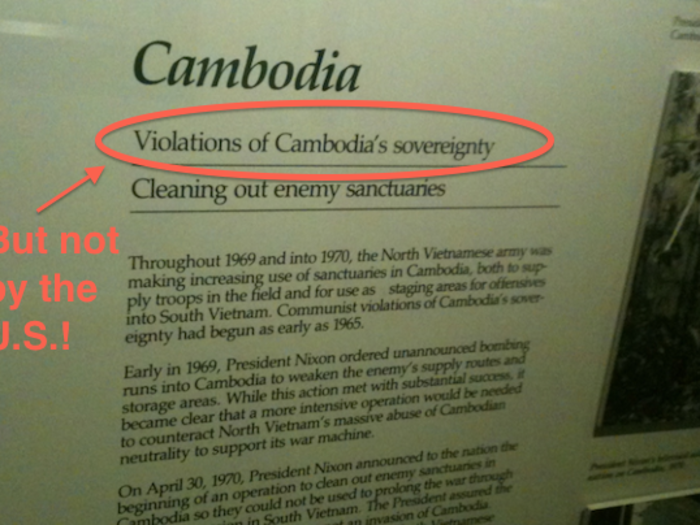
Nixon kept the campaign secret from Congress for months. Many commentators also believe the bombings may have constituted war crimes.
Instead, the "violation of sovereignty" the museum refers to here are the bases the North Vietnamese set up there from which they could launch campaigns in the south.
This was an unfortunate coincidence.
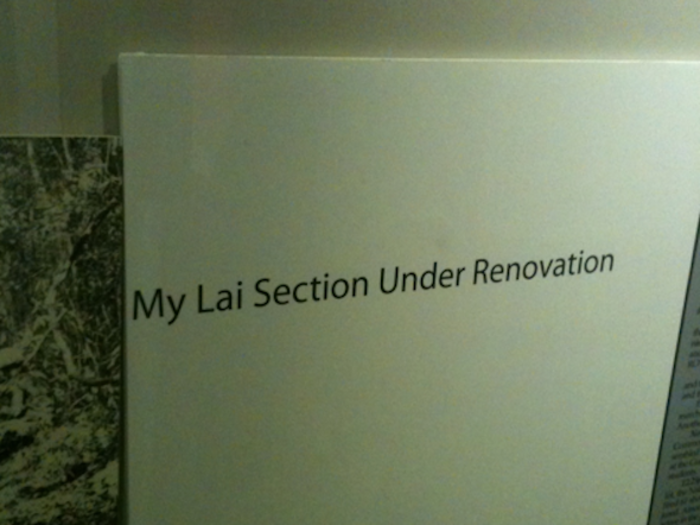
Meanwhile, the surrounding section is dominated by Nixon's other foreign policy initiatives, including his groundbreaking trip to China. Here's the crate used to transport the pandas Chairman Mao gifted the U.S.
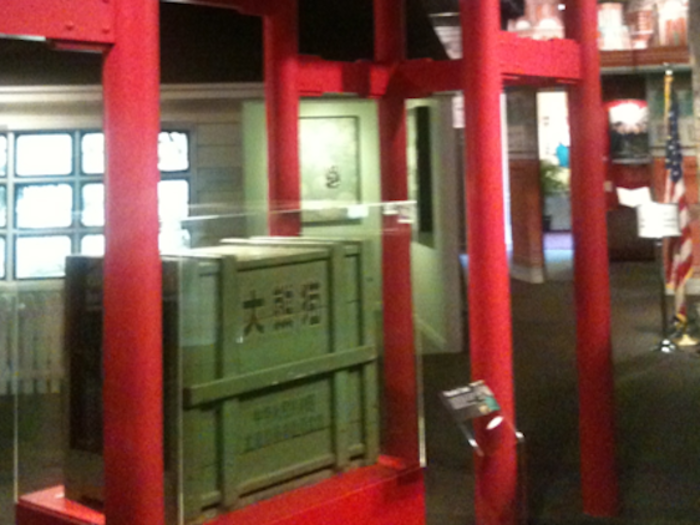
Nixon famously sent two steer.
Arguably the more disappointing and surprising elements of the museum — though perhaps a function of simple space constraints — was how little time was spent on Nixon's domestic achievements.
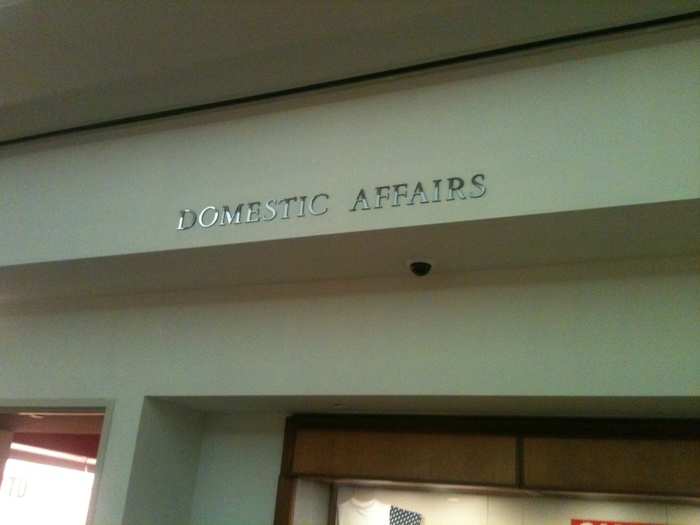
Nixon's considerable accomplishments at home came to be overshadowed by Vietnam and Watergate. But he oversaw the foundation of numerous agencies, like the EPA, the National Highway Transportation Safety Administration, and OSHA that made America safer. He was also a strong advocate of expanding healthcare.
The museum divides them into six panels that look like this. This one may seem strange but alludes to Nixon's lowering the voting age to 18, another indisputable achievement.
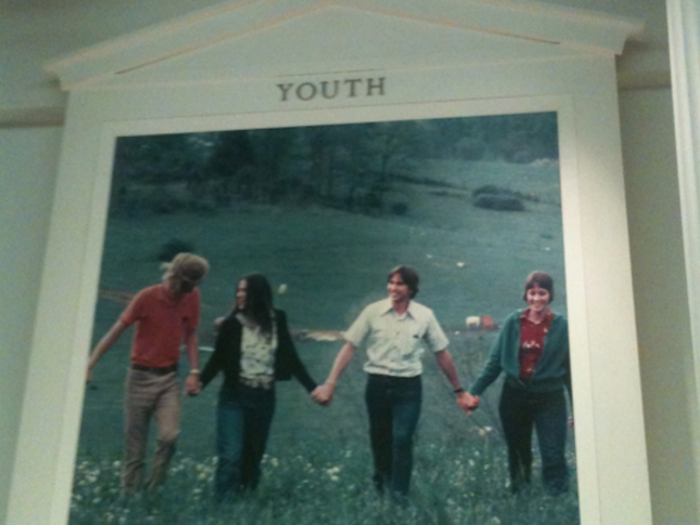
Meanwhile, many Americans — including patrons we spoke with at the museum — may not know Nixon created the EPA.
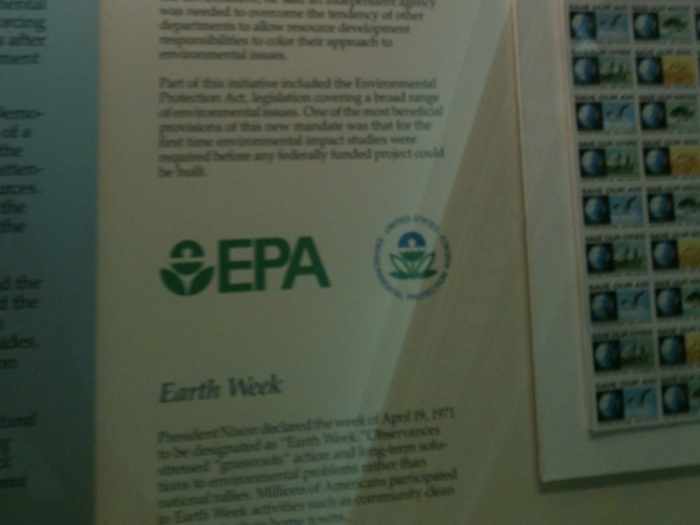
Though it only gets a small panel.
Whatever Nixon's personal attitudes toward race may have been, he helped advance desegregation in schools.
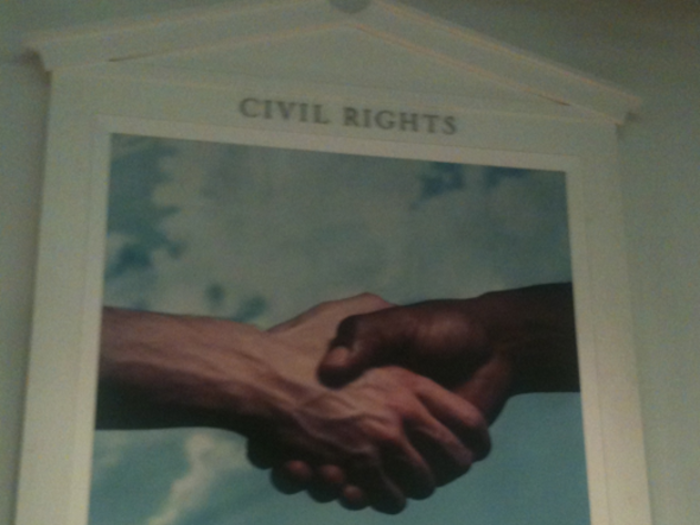
The biggest mystery was how the museum would treat Watergate. As we mentioned in the intro, this exhibit was put together by the National Archives and not the foundation.
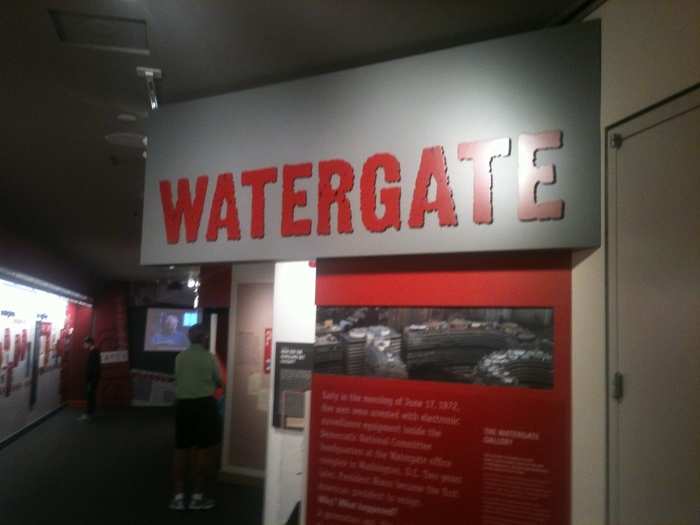
It turns out to be pretty hokey — a kids tour of a scandal that defined a generation.
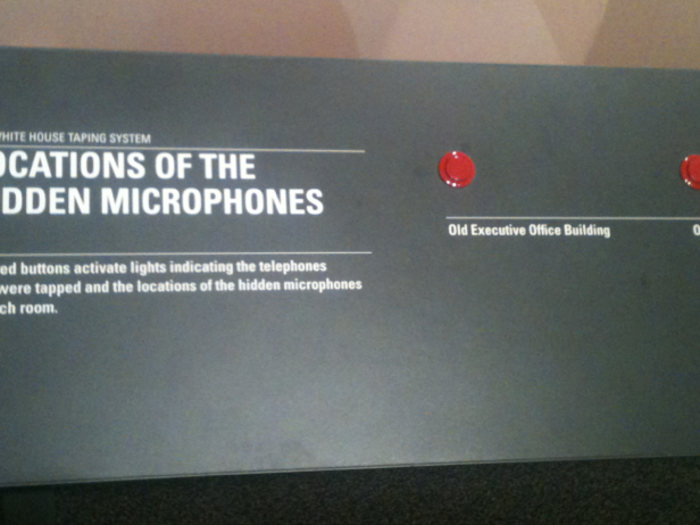
You can press a button to see where Nixon's taping equipment was located.
That kind of thing comes at the expense of explaining the complicated origins of the break-in and cover-up. These are explained as having stemmed from Daniel Ellsberg's leaking of the Pentagon papers.

Many historians argue the roots go well beyond that incident to Nixon's entrenched us-versus-them mentality.
Source: New York Times
And there is arguably too much focus on the role of his lieutenants and not on the President himself — though Bostock told us he finds the section too anti-Nixon.
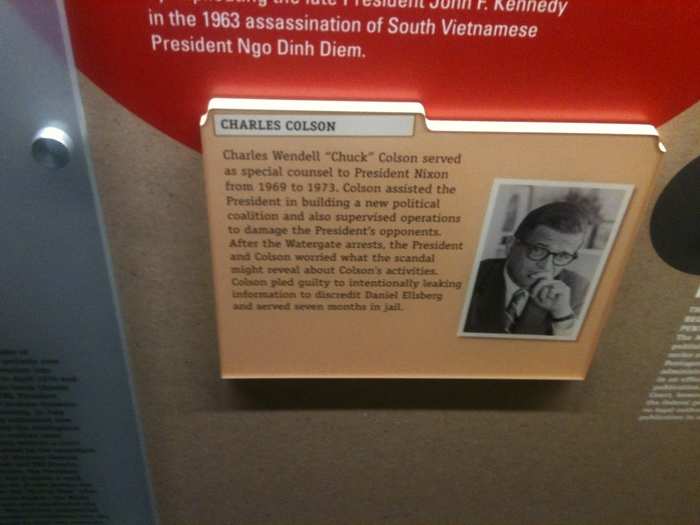
Though this was a sound note on which to end the section.
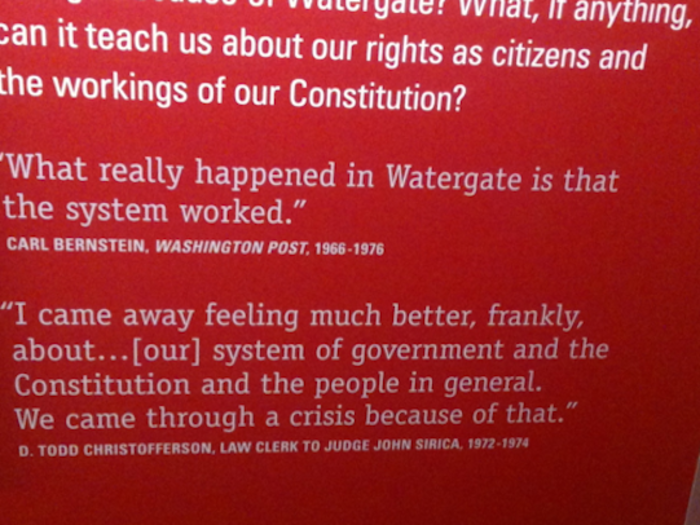
Three men get the final say in the museum: Bob Dole...
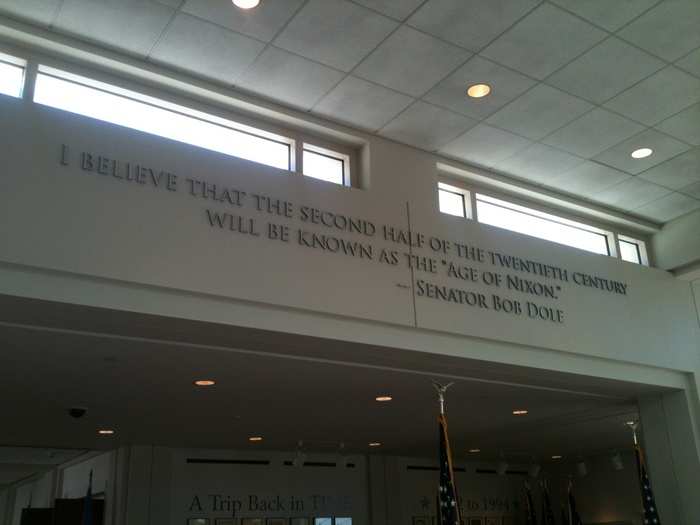
Bill Clinton...
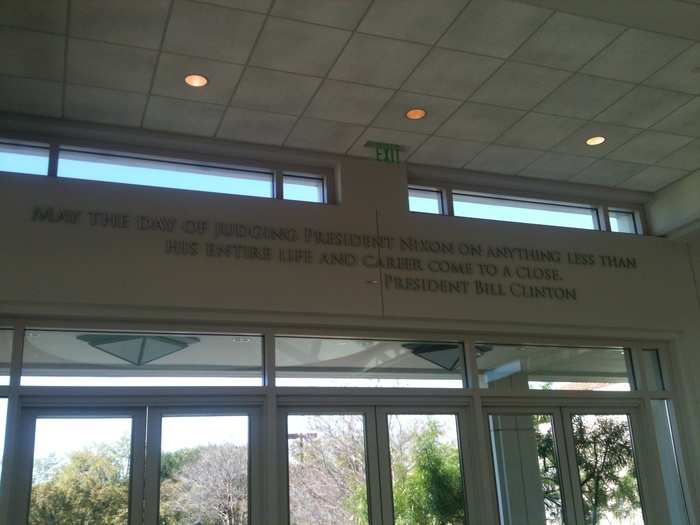
And, of course, Nixon himself.
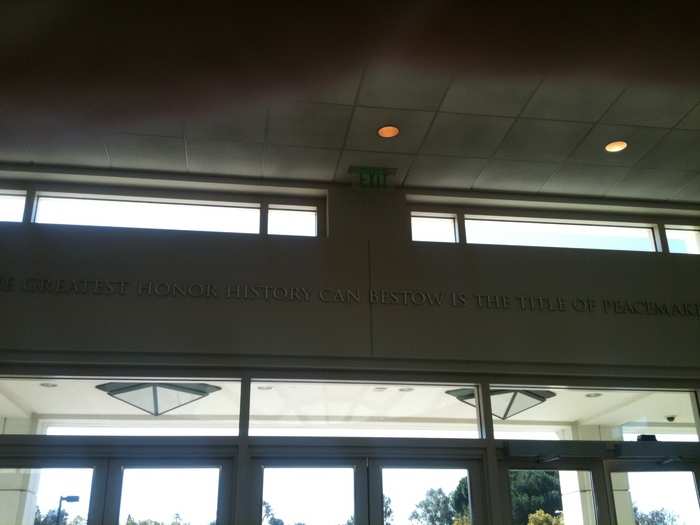
Now read another fascinating story about Nixon.
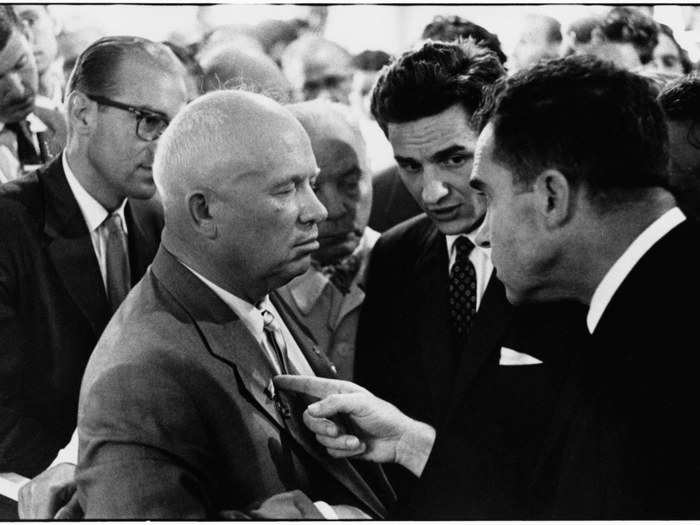
Popular Right Now
Popular Keywords
Advertisement